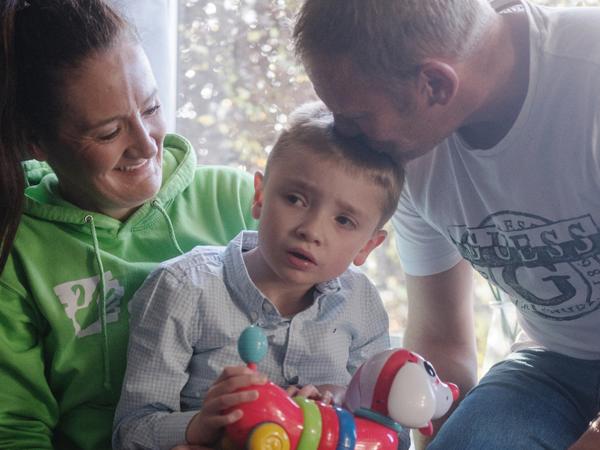Are You Living with an Undiagnosed Condition?
Understanding Undiagnosed Conditions: Signs, Symptoms, and Steps to Take

Frequently Asked Questions
Common symptoms can include chronic fatigue, unexplained pain, digestive issues, mood swings, and frequent headaches. It's important to document any recurring issues you face.
Preparation is key. Keep a detailed record of your symptoms, research potential conditions, and communicate openly with your healthcare provider. Don’t hesitate to seek second opinions if you feel your concerns are not being taken seriously.
Step by Step Guide
1
Recognizing Symptoms
Begin by observing your body's signals. Keep a diary or journal where you can note down any recurring symptoms. These can range from fatigue, unexplained pain, digestive issues to mood changes. Noting how often these symptoms occur and their severity can help paint a clearer picture of your health.
2
Research Common Conditions
Educate yourself about common undiagnosed conditions. Conditions such as Fibromyalgia, Chronic Fatigue Syndrome, and others can often be overlooked due to overlapping symptoms with more common ailments. A better understanding of these conditions can help you identify if you might be experiencing similar issues.
3
Consult Healthcare Professionals
Once you've gathered enough information about your symptoms, consult a healthcare professional. Choose a primary care physician or a specialist who is knowledgeable about undiagnosed conditions. Prepare for your appointment with a list of symptoms, personal health history, and any questions you may have.
4
Getting Diagnostic Tests
Your doctor might recommend a series of diagnostic tests. These can include blood tests, imaging studies, or other specialized tests. Follow through with these recommendations and seek clarification on any results that are confusing. Ensure to know what tests are performed and their implications.
5
Seek a Second Opinion if Necessary
If you feel that your concerns are not being adequately addressed, don't hesitate to seek a second opinion. Bringing your documented symptoms and test results can help the new physician understand your situation better.
6
Explore Treatments
Once diagnosed, work with your healthcare provider to explore treatment options. This can range from medication management, lifestyle adjustments, therapy, or alternative treatments. Keeping an open line of communication with your doctor is crucial for finding the best approach for your condition.
7
Join Support Groups
Connect with others experiencing similar issues through support groups. These can provide emotional support, practical advice, and coping strategies that may help you manage your condition better. Online forums and local support networks can be valuable resources.
8
Maintain a Healthy Lifestyle
Regardless of diagnosis, maintaining a healthy lifestyle can aid in managing symptoms. Focus on a balanced diet, regular exercise, adequate sleep, and mental well-being practices such as mindfulness or therapy. Consistency in lifestyle changes can significantly impact your overall health.
9
Keep Seeking Answers
Stay proactive in your health journey. If new symptoms arise or existing symptoms worsen, continue to seek clarification and answers. In some cases, diagnoses evolve as new symptoms present or as medical knowledge advances.








